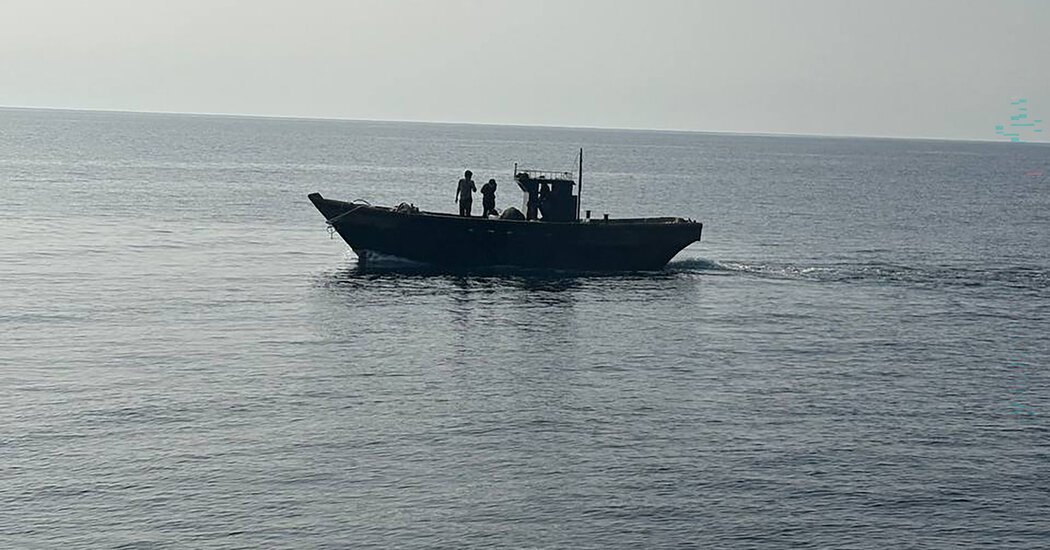South Korea has repatriated six North Korean fishermen who had been rescued earlier this year after their wooden fishing boats drifted across the maritime border into the South’s waters.
The fishermen were found in two separate incidents—one in March and the other in May—after crossing the Northern Limit Line (NLL), the disputed maritime boundary in the East Sea, also known as the Sea of Japan. They had reportedly suffered mechanical problems or navigational failures, common issues in the North’s poorly maintained fleet of fishing vessels.
According to the Ministry of Unification, the men were given medical attention and interviewed to confirm their intentions. “The six North Korean residents were repatriated today via the East Sea,” the ministry said in a statement released on Wednesday, July 9, 2025. “They clearly expressed their desire to return to their homeland multiple times.”
While political and military hostilities have long characterized relations between the two Koreas, this incident offers a glimpse into a more human, less hostile side of their shared history. Stories like this, involving accidental crossings by desperate or disoriented fishermen, are a recurring feature in the region’s complex maritime reality.
Over the years, many similar vessels—some of them dubbed “ghost ships”—have been found adrift in the waters around Japan, South Korea, and the Sea of Japan. These ships often contain deceased crew or are empty, believed to have been carried off course by strong currents, inadequate fuel, or worn-out engines.
This time, the fishermen survived—and they asked to go home.
The repatriation comes during the early weeks of President Lee Jae-myung’s administration. Sworn in on June 4, 2025, President Lee has taken a noticeably softer tone on inter-Korean relations. His government has halted the use of loudspeaker propaganda along the border and suspended the launching of anti-North Korean leaflets—moves that were seen as irritants by Pyongyang.
Though North Korea has not publicly responded to the repatriation or to the policy changes, the quiet return of the fishermen may serve as a symbolic opening for future dialogue.
“This isn’t just a maritime issue,” said Dr. Kim Hyun-soo, a professor of political science at Yonsei University. “It’s about showing mutual respect through actions, not just speeches. And sometimes, the sea brings nations together in ways politics can’t.”
Also Read; British, Singapore Airlines Cancel Dubai Flights After Strikes
Fishermen from the North are often pushed into southern or Japanese waters due to stormy weather, outdated navigational tools, or even pressure from the North Korean military to meet high quotas in dangerous fishing zones. Crossing into South Korean waters is not only a diplomatic issue—it’s potentially life-threatening for the crews involved.
Despite the decades-long military standoff, South Korea maintains a policy of humanitarian repatriation in such cases, provided the individuals express a desire to return home. If any express the wish to defect, they are offered protection and resettlement.
- The six fishermen have now returned to North Korea aboard one of the original wooden boats they arrived in.
- No immediate response has come from North Korean state media, which often omits stories of citizens crossing into the South.
- The event may be followed by more low-level cooperation if further maritime incidents occur—a common reality in the shared waters of the Korean Peninsula.
This quiet episode is a reminder that beneath decades of political hostility, the two Koreas remain deeply connected—by geography, by bloodlines, and sometimes by misfortune at sea. While high-level talks have stalled since the collapse of U.S.–North Korea nuclear negotiations in 2019, stories like these keep hope alive that human contact may yet lead the way forward.







